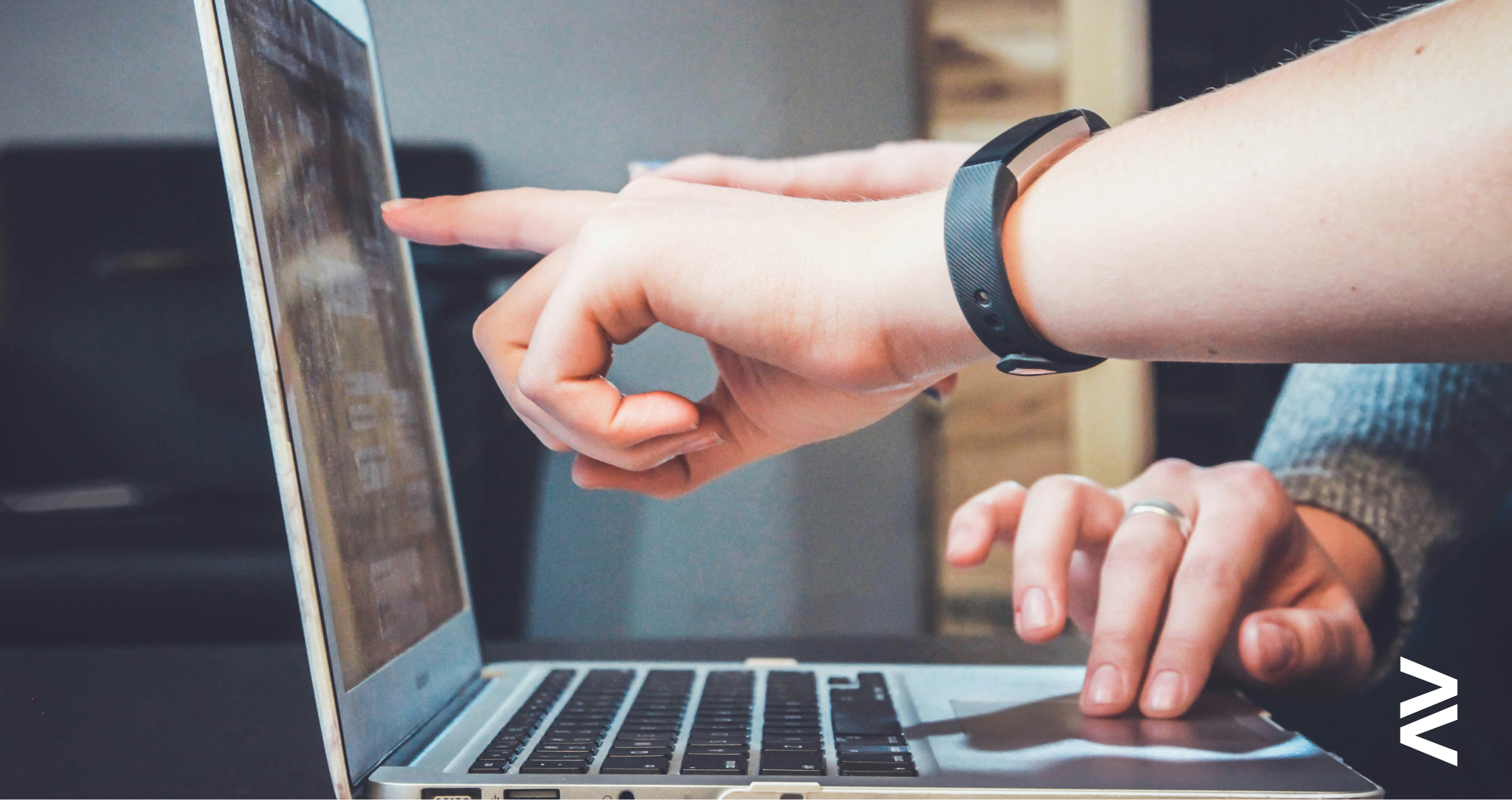$(function() {
$('inputfield').on('keypress', function(e){
if(e.keyCode == '13'){
// enter pressed
e.preventDefault();
$('.search-button').trigger('click');
}
});
});

The concept of “real-time” is finally starting to live up to its literal meaning.
For the most part, media measurement is a historical activity. Did an ad reach its targeted audience? Was it viewed? Did it get clicks? Did a campaign drive purchases? But marketers aren’t interested in waiting a nanosecond longer to know if their advertising is “working.”
There’s a greater expectation of immediate data that can drive optimization decisions while campaigns are still running. In part, the rise of artificial intelligence and the emergence of agentic AI have made these real-time measurement wishes come true.
But after 15 years of programmatic advertising steadily becoming the norm for both online and offline marketing, analytics providers say they’re ready.
“The demand for faster, more actionable measurement has fundamentally reshaped how brands approach campaign performance,” says Laura McElhinney, chief data officer at MadConnect. “Marketers no longer have the luxury to wait weeks for insights — real-time data is now a strategic advantage."
This shift represents more than just technological advancement; it's a fundamental change in how marketing success is defined and achieved. Where traditional measurement cycles left campaigns running blind for days or weeks, brands are now leveraging real-time feeds to make continuous adjustments that enhance performance.
The technology driving this transformation is already embedded across major platforms.
Claire Russell, global head of Media at Burrell Communications Group Worldwide, points out that most media channels now offer real-time data capabilities. “For digital platforms, the data feeds directly back into its own machine-learned algorithms. Google, Amazon, Meta, TikTok, YouTube — they all have real-time data and algorithms that are making thousands of edits every day.”
This automated optimization, which Russell calls “tinkering,” happens at a scale and speed impossible for human oversight. The platforms themselves are constantly adjusting bids, targeting parameters, and creative elements based on performance signals. “In 90 percent of media, this is already happening on a minute-by-minute basis,” Russell notes.
But the real opportunity lies beyond individual platform optimization.
McElhinney describes how advanced brands are now “tapping into agentic AI to autonomously analyze performance, surface optimization opportunities, and even trigger adjustments mid-flight.” Combined with API-based connectors to key media platforms, this creates what she calls "a live feed of performance data that enables continuous learning and action."
The current state, according to McElhinney, is "defined by immediacy, intelligence, and integration"—a far cry from the delayed reporting cycles that once defined marketing measurement.
Of course, with great capabilities comes new challenges. Russell emphasizes that while real-time data is abundant, the crucial skill lies in interpretation and strategic application.
“The role of the agency is not in the minutia of the real-time data,” she explains. “It’s in knowing how to manipulate the algorithms to get the outcome you need, and more broadly, it's about steering the ship, identifying trends, and laddering them up to a client’s objectives.”
This abundance of real-time measurement also creates what Russell says is a forest-for-the-trees problem. “The state of actionable measurement is already very advanced although much of it happens inside walled gardens,” she says. “The bigger picture for measurement is looking across platforms at measurement trends and incrementality in understanding marketing's impact.”
The pressure for real-time results is also forcing a reckoning with agency accountability. Robin Bonn, CEO of agency positioning specialists Co:definery, warns that “brands will need to become increasingly adept at stress-testing agency promises of robust measurement.”
The days of vague promises are ending, as Bonn explains, “For decades, agencies of all disciplines and sizes have made propositional claims that boil down to ‘work that works.’ But this kind of woolly positivity isn't going to cut it for marketers under pressure to demonstrate genuine returns in real time.”
Looking ahead, the trajectory points toward even greater automation and intelligence. McElhinney predicts “a surge in predictive modeling and AI-driven decisioning that makes campaign optimization not just faster—but automatic.”
Meanwhile, Russell sees the industry moving toward “looking across channels, looking at incrementality and understanding lifetime value.”
So it can be seriously argued that the measurement gap isn't just closing, it’s disappearing entirely. As Russell puts it, “The weeds are being cared for by the machines. Our role is picking our head up and understanding what it all means.”